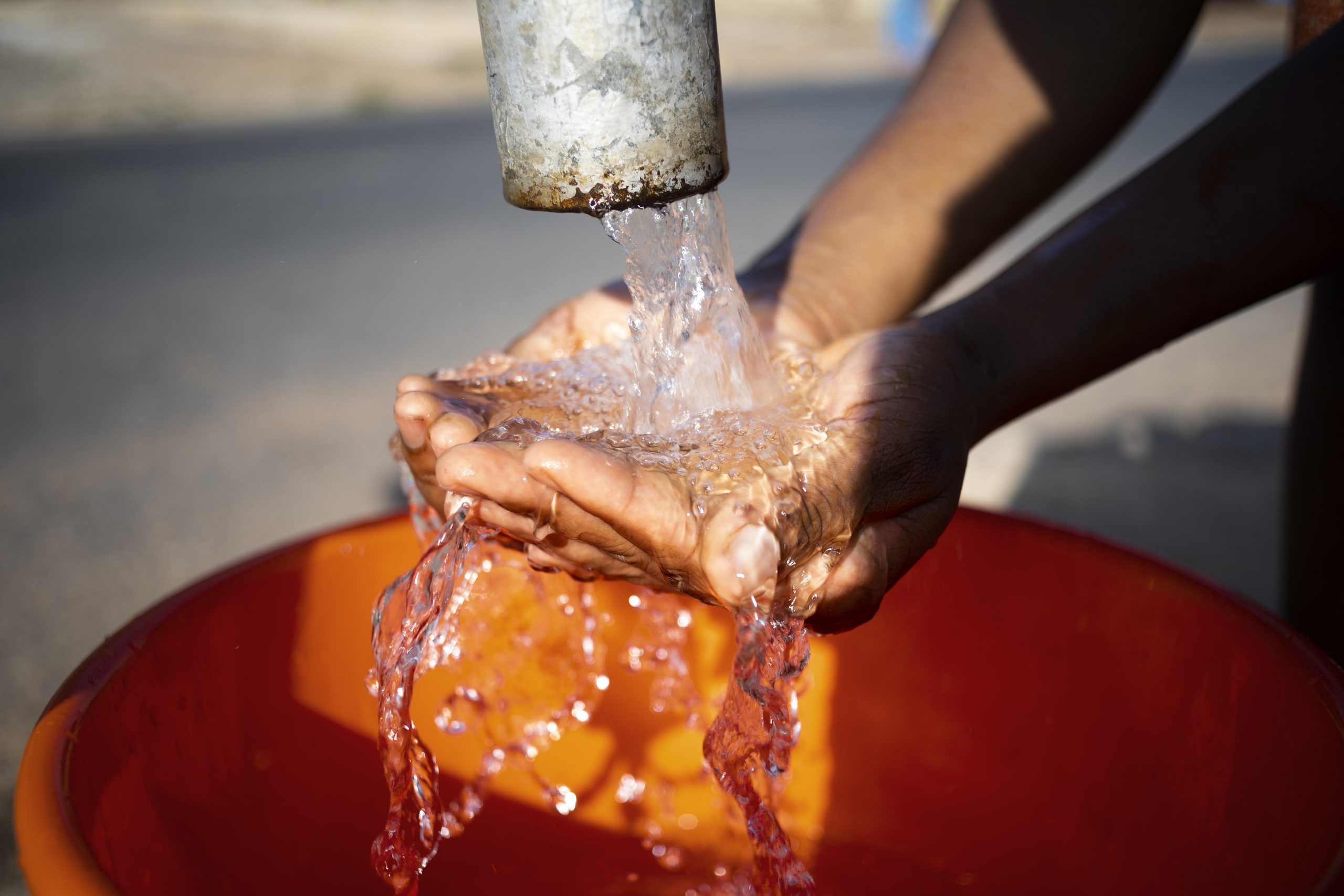Standards National Action Plan (SNAP) 2022-27
In order to effectively perform its responsibility as the NSB of India, the Standards National Action Plan (SNAP) 2022-27 has been brought out by BIS. The SNAP provides a set of actions that would enable BIS to help meet the objectives of making standardization processes efficient, increase awareness and implementation of standards, increasing participation and involvement in national and international standardization and ensure harmonious standardization activities in the country.
Creation of...
Read More
Bureau of Indian Standards initiated Management Systems Certification in the year 1991 with Quality Management System Certification (IS/ISO 9001). Over the years it has gradually expanded its activities to various other Management Systems Certification schemes.
BIS has a diverse range of certification schemes catering to different sectors of the industry. The certification schemes on Quality Management Systems (IS/ISO 9001), Environmental Management Systems (IS/ISO 14001), Occupational Health & Safety Management Systems (IS/ISO 45001),...
Read More
Quality Control Orders (QCOs), issued by the Government of India, play a key role in ensuring the availability of safe, reliable and quality products to consumers. Products under QCOs require a mandatory BIS licence and shouldn’t be manufactured, sold or imported without BIS Standard Marks.
Recently, the Government of India has mandated a BIS licence for 24 footwear products. QCOs cover footwear made of leather, rubber, polymeric and other materials.
This blog addresses ‘frequently asked questions’ on ‘Quality...
Read More
1. Introduction
Drinking water utilities are reliant on their assets to deliver their services to users. The assets of the drinking water supply system such as waterworks, building structure, mechanical installations, treatment facilities/processes (filters, sedimentation), piped installation, electrical/electronic installation/equipment, storage tanks etc., collectively form the physical infrastructure of drinking water supply system and are the consequence of the accumulated capital investments and operational expenditures on maintenance...
Read More





